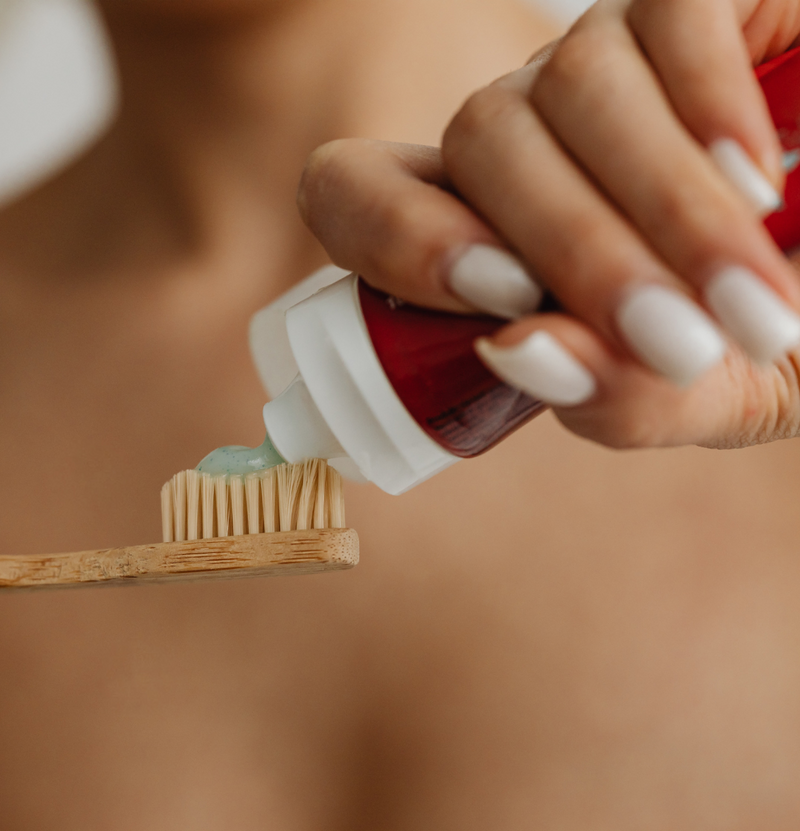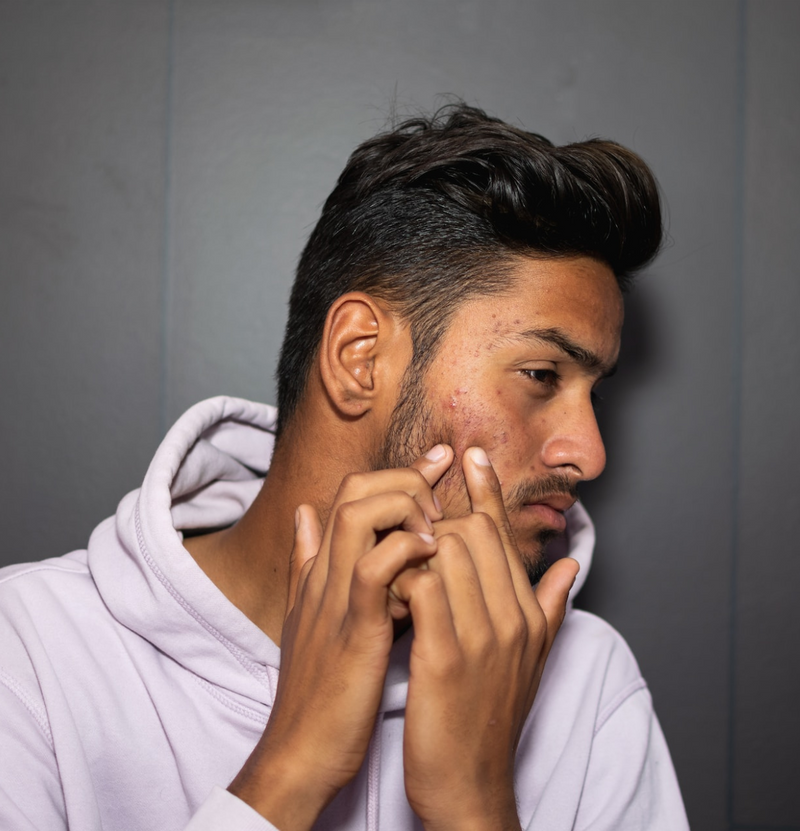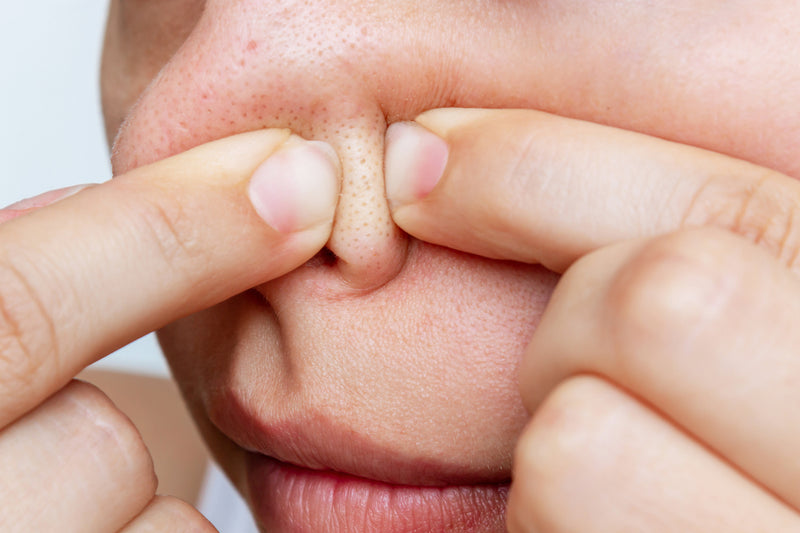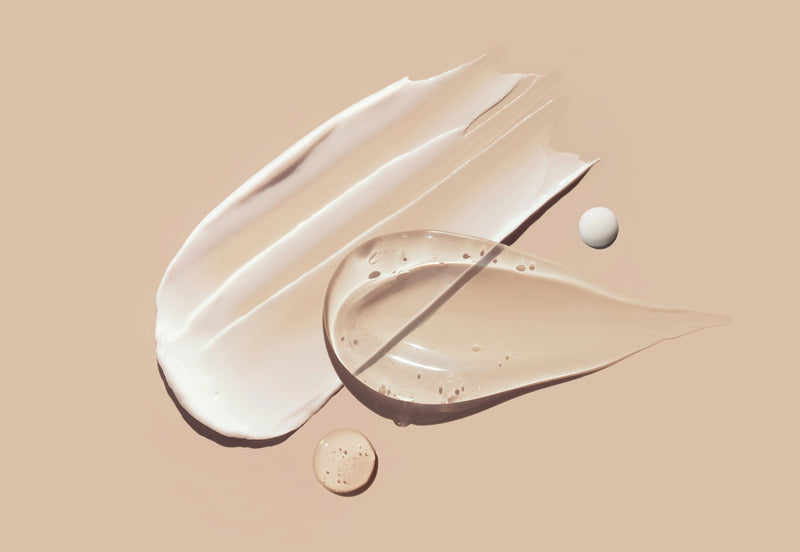A Dermatologist’s Guide to Treating Hyperhidrosis
Hyperhidrosis, or excessive sweating, is a common dermatological condition that can severely affect a person’s quality of life. While everyone sweats, those with hyperhidrosis experience sweating beyond what is necessary to regulate body temperature, often to a point where their daily life is disrupted. As dermatologists, it's our job to guide patients through the causes, implications, and most importantly, the treatment options available for this condition.
What causes hyperhidrosis?
Hyperhidrosis is controlled by the eccrine sweat glands, which are particularly abundant in areas like the palms, soles, armpits, and face. The eccrine glands are activated by stimuli such as heat, emotions, and even spicy food. However, in those with primary hyperhidrosis, there is a dysfunction in the autonomic nervous system, leading to an overproduction of sweat in specific areas of the body.
This condition is not related to underlying health issues like hyperthyroidism; rather, it arises from a miscommunication within the nervous system that overstimulates sweat production. The excessive moisture can not only be socially embarrassing but also lead to skin complications, such as pitted keratolysis, heat rashes, or bacterial infections.
Treatment Options for Hyperhidrosis
Treating hyperhidrosis involves either blocking the overactive nerve signals that cause excessive sweating or targeting the sweat glands directly.
1. Topical Treatments
One of the simplest and often most effective ways to manage hyperhidrosis is through antiperspirants. Over-the-counter (OTC) antiperspirants contain aluminum chloride, which temporarily blocks sweat glands. For patients who have not yet sought treatment, this is usually the first line of defense.
-
Aluminum Chloride: Available in many OTC antiperspirants, aluminum chloride works by plugging the sweat glands, preventing the release of sweat. It is most effective when applied to dry skin, particularly at night. With consistent use, the glands may atrophy slightly, reducing the need for daily application over time.
-
Prescription Topical Agents: For patients who do not respond to OTC products, glycopyrrolate (sold under the trade name Qbrexza) is a prescription topical that blocks the receptors on sweat glands from responding to acetylcholine, the neurotransmitter responsible for sweat production. These wipes are applied directly to areas like the armpits but may have off-label uses for the hands and feet.
2. Iontophoresis for Palms and Soles
When excessive sweating occurs in the palms and soles, iontophoresis can be an effective treatment. This method involves submerging the hands or feet in water while a mild electrical current is passed through the water. The exact mechanism is unclear, but it is believed that the electrical current interferes with sweat gland activity. For many patients, iontophoresis significantly reduces sweating after a few weeks of regular treatments.
- Patients often start with sessions three to four times per week, then taper to maintenance treatments as needed. At-home iontophoresis devices are now available, providing a convenient and accessible option for those with ongoing hyperhidrosis.
3. Botox Injections
Botox (botulinum toxin), well-known for its cosmetic use, is also a highly effective treatment for hyperhidrosis, particularly in the underarms, hands, and feet. Botox works by blocking the release of acetylcholine, thus inhibiting sweat production at the treated sites.
4. MiraDry for Underarm Sweating
For patients looking for a more permanent solution to underarm sweating, MiraDry offers a non-invasive option. This device uses microwave technology to destroy eccrine sweat glands in the underarms by heating water molecules within the skin.
- While highly effective, MiraDry should be performed by experienced professionals to avoid potential side effects like nerve damage. Results are often long-lasting, with many patients experiencing significant improvement after just one treatment.
5. Oral Medications
For individuals with generalized hyperhidrosis, or sweating that affects multiple areas of the body, topical treatments may be impractical. In such cases, oral medications like glycopyrrolate can be prescribed. These medications work by blocking the action of acetylcholine throughout the body, reducing sweat production.
- While effective, oral medications come with side effects, including dry mouth, difficulty urinating, and the potential risk of overheating since sweating is the body’s primary cooling mechanism. It's important to monitor for these side effects and adjust the dosage as needed.
6. Surgical Options
In severe cases of hyperhidrosis that do not respond to other treatments, surgical sympathectomy may be considered. This procedure involves cutting or clamping the nerves responsible for sweat production in specific areas. While highly effective, sympathectomy is generally reserved as a last resort due to its permanence and the potential for side effects, such as compensatory sweating in other areas of the body.








